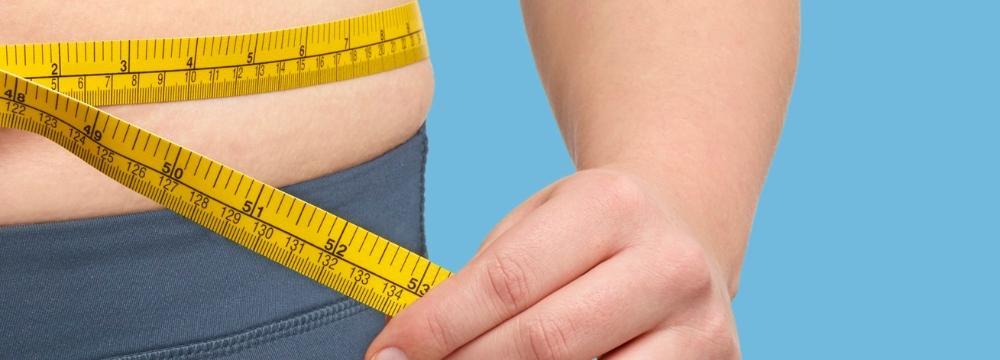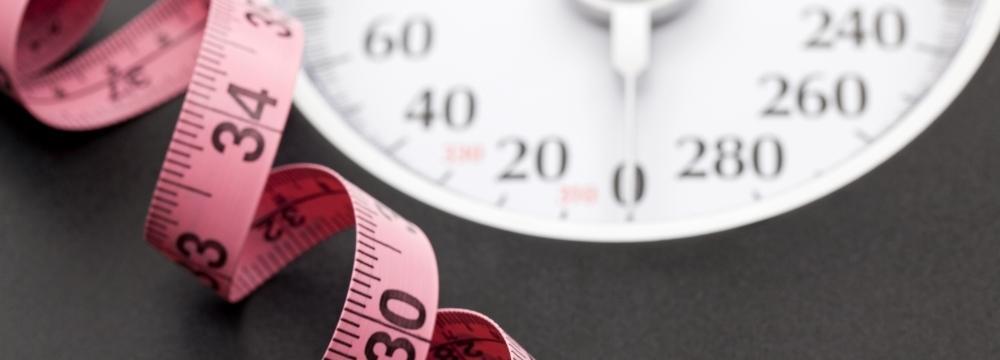
If you think back about a decade, you’ll remember how popular the laparoscopic adjustable gastric band was. Marketed under the names Lap-Band and Realize Band, tens of thousands of these procedures were performed over several years. However, while other major bariatric surgeries have lasted the test of time, the Lap-Band is rarely performed today. Let’s talk about why that is and what options patients with Lap-Band complications now have.
Rise and Fall of the Lap-Band
When the Lap-Band was first released to the market, it was revolutionary. It could be adjusted and represented a less “drastic” surgical procedure versus the stapled procedures of the time, which primarily included the duodenal switch and gastric bypass. While the Lap-Band offered less potential excess weight loss, it also provided the distinct benefit of being reversible. If complications occurred or the patient wasn’t losing enough weight, the band could be removed without leaving a permanently altered stomach behind.
Over time, however, it became clear that the Lap-Band had some very problematic qualities, many of which might appear months or even years after the procedure. Specifically, some patients experienced band slippage, which meant the procedure no longer offered the restriction needed to lose weight. Others experienced an erosion of the band into the esophagus, which could cause significant problems and require removal. Some patients had their injection port flip, which had to be corrected surgically, while others didn’t lose enough weight to improve the diseases associated with obesity.
Due to these often significant complications combined with consistent improvements in stapled procedure techniques and technology, the Lap-Band no longer represents a good option for most patients. Today, very few surgeons place adjustable gastric bands. And many patients eventually have them removed either because of a lack of weight loss or the complications mentioned above.
Lap-Band Options
Today, patients have several options, but they must speak to a qualified bariatric surgeon like those at MAS to understand which is best for them. The rise of injected weight loss medications like Wegovy and Zepbound has changed the paradigm for relatively lower BMI patients.
Generally speaking, we stratify the best weight loss intervention based on BMI. For patients with a BMI around 30, weight loss medication might be precisely what they need. Alternately, gastric sleeve is very effective at these levels, assuming the patient does not have severe and uncontrolled type two diabetes or acid reflux. In the 35 to 45 BMI range, the patient may benefit from a gastric sleeve but may also consider a gastric bypass or duodenal switch (DS). Finally, patients with a BMI of 45 or more are typically best served by a duodenal switch or SADI (a single anastomosis version of the DS).
What if I Currently Have a Lap-Band?
Patients with a band but not experiencing any weight regain issues or associated complications should have nothing to worry about. On the other hand, if the Lap-Band is causing concern, we often convert the procedure to a stapled procedure. Doing so gets the patient back on track toward their weight loss goals and gives them a longer-term, reliable tool for changing their lifestyle.
Call us if you have a Lap-Band and are experiencing non-emergent concerns. During our discussion, we will identify the source of the problem and let you know your options. For any emergencies, please don’t delay in calling 911 right away.
We look forward to seeing you in the office soon.









